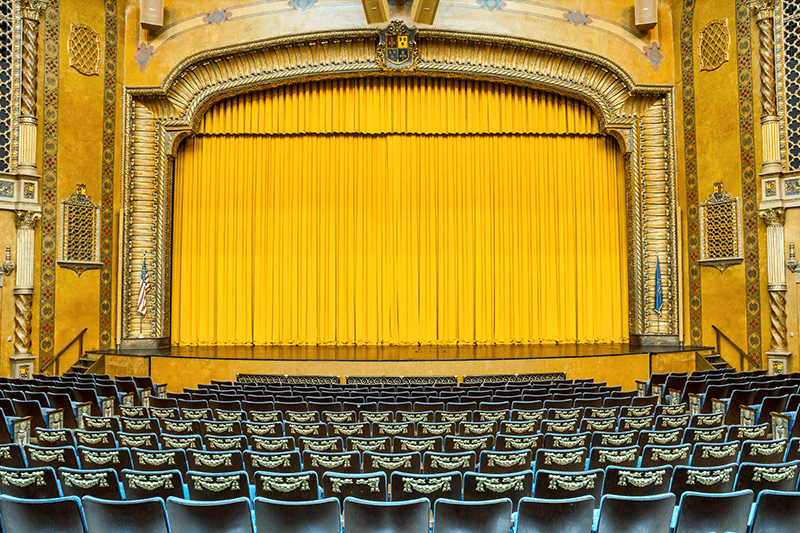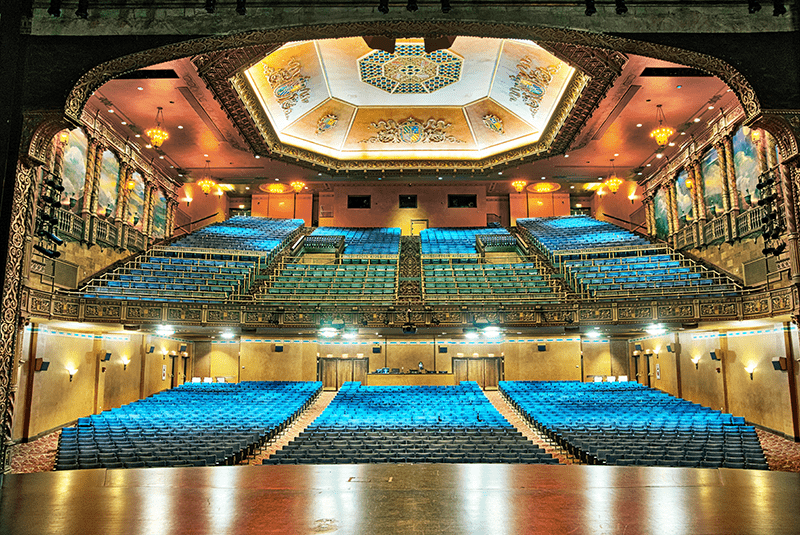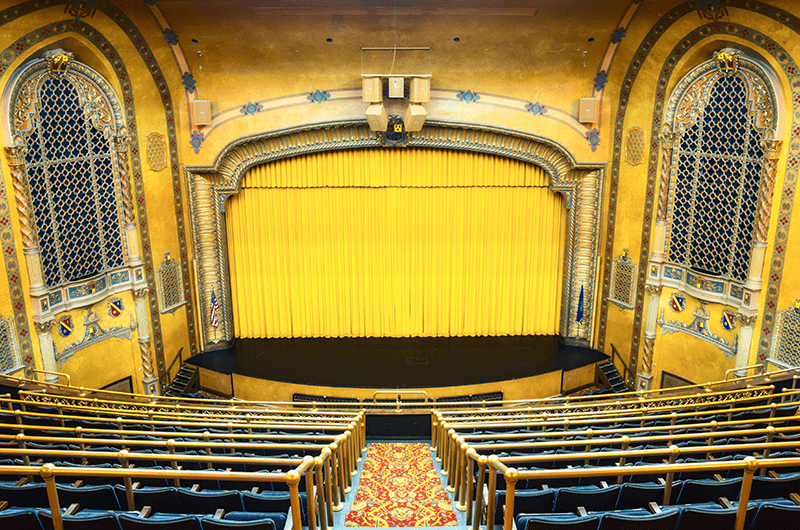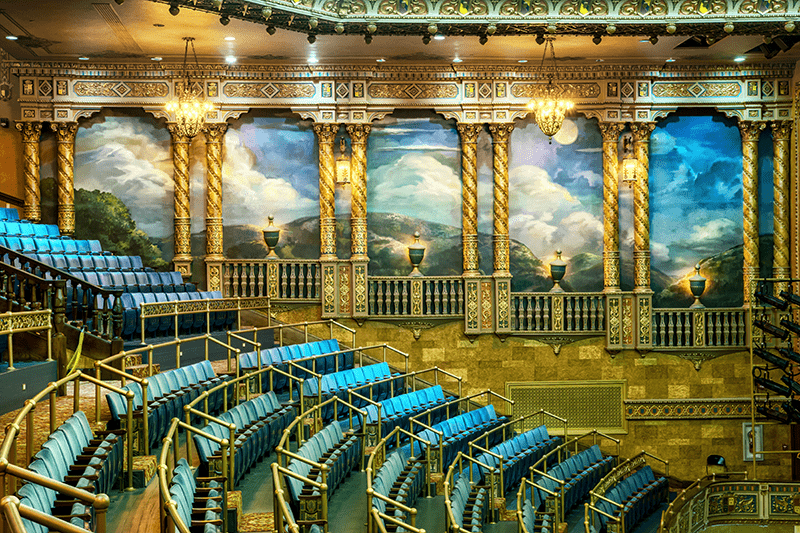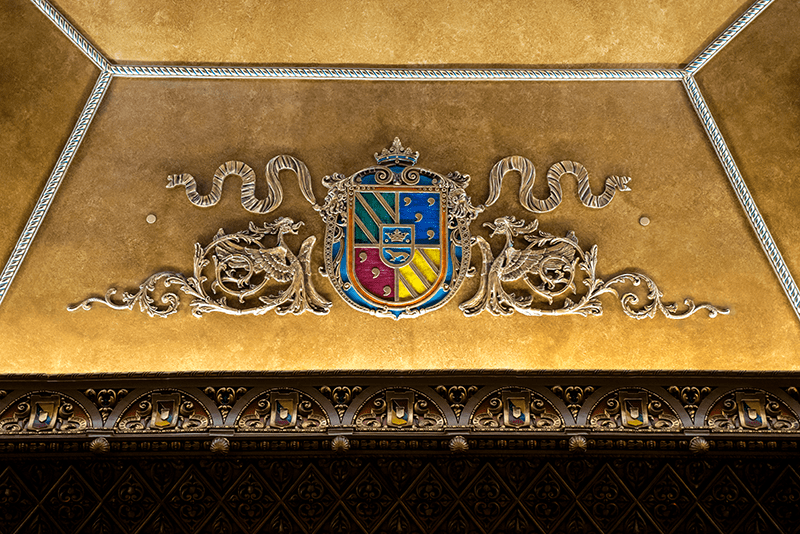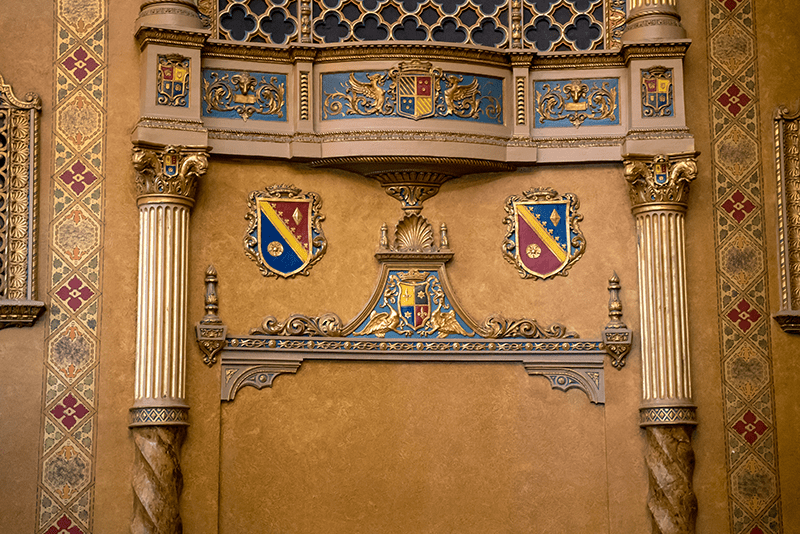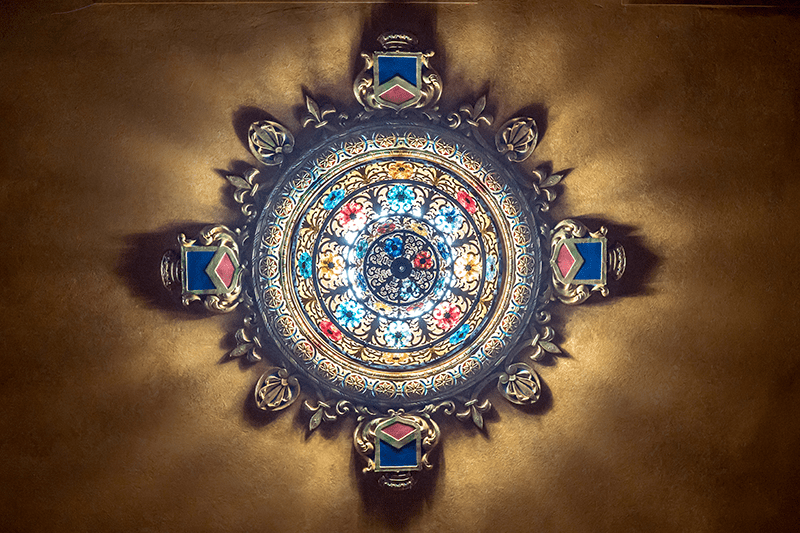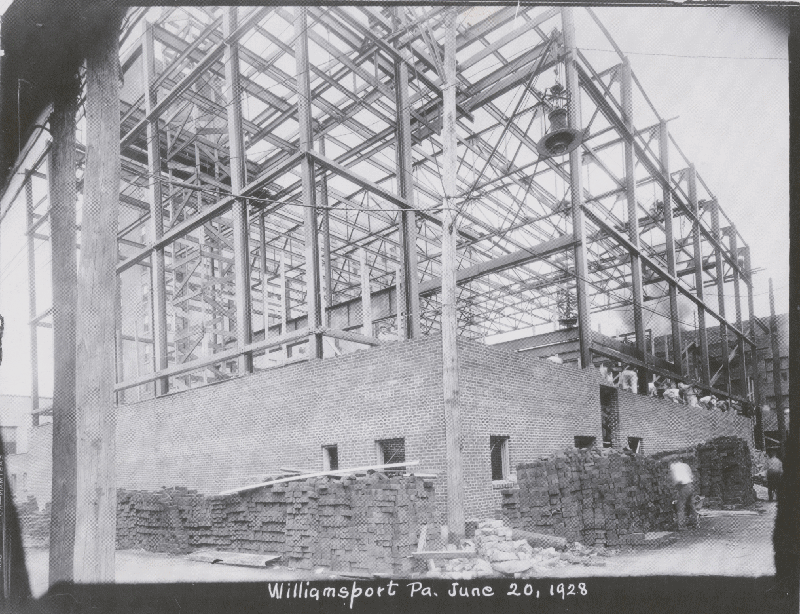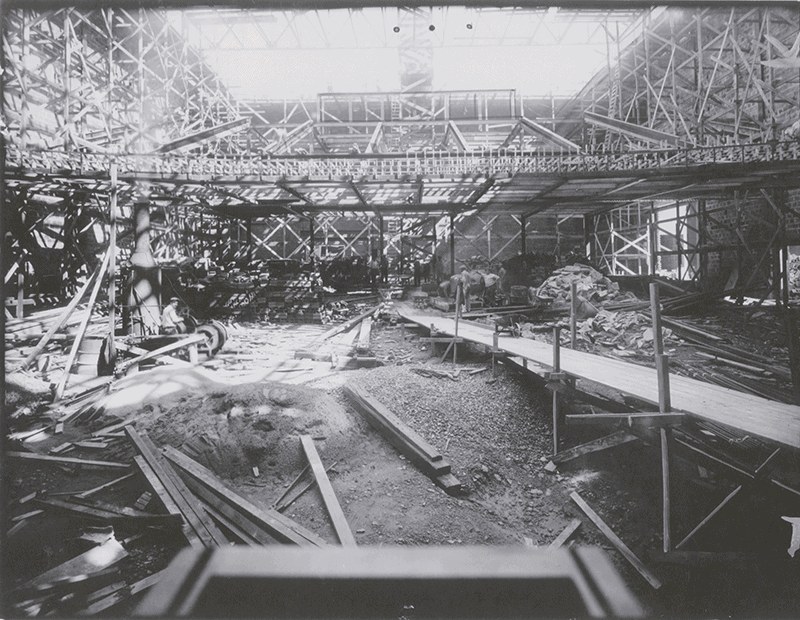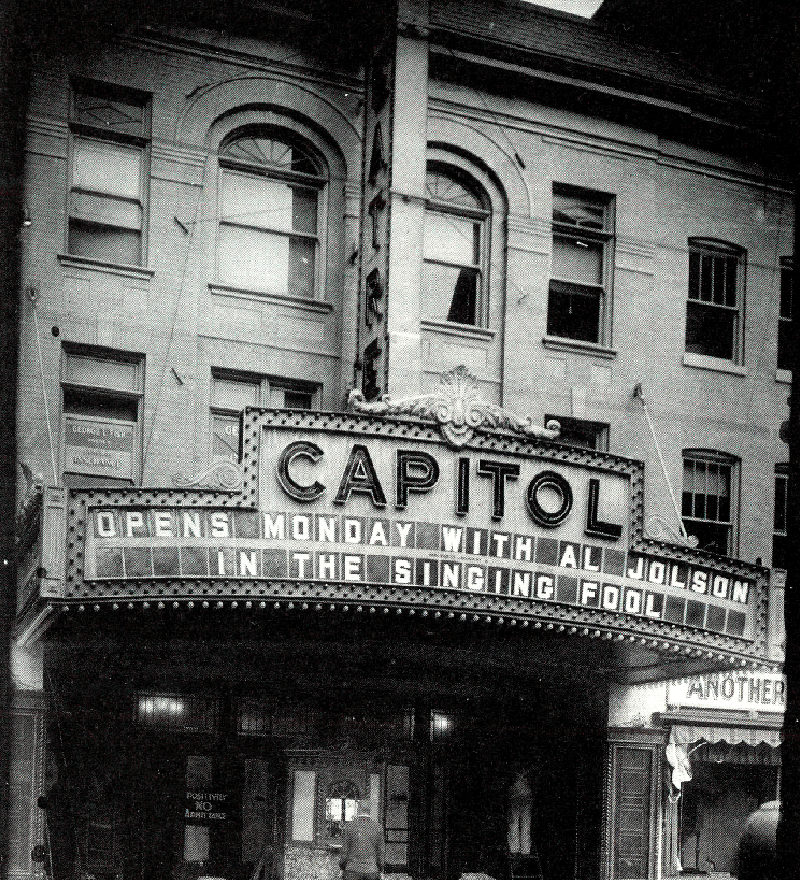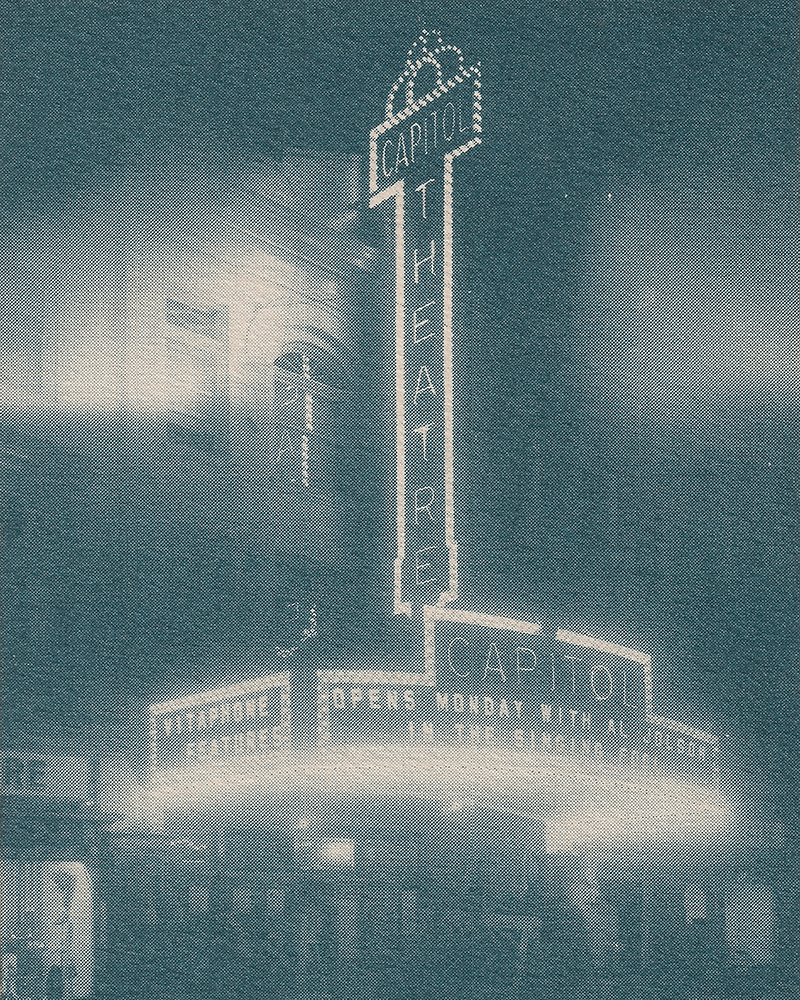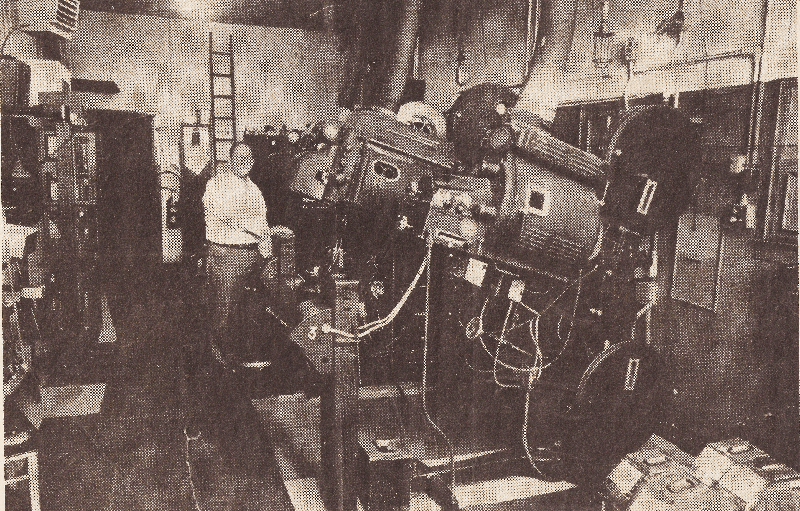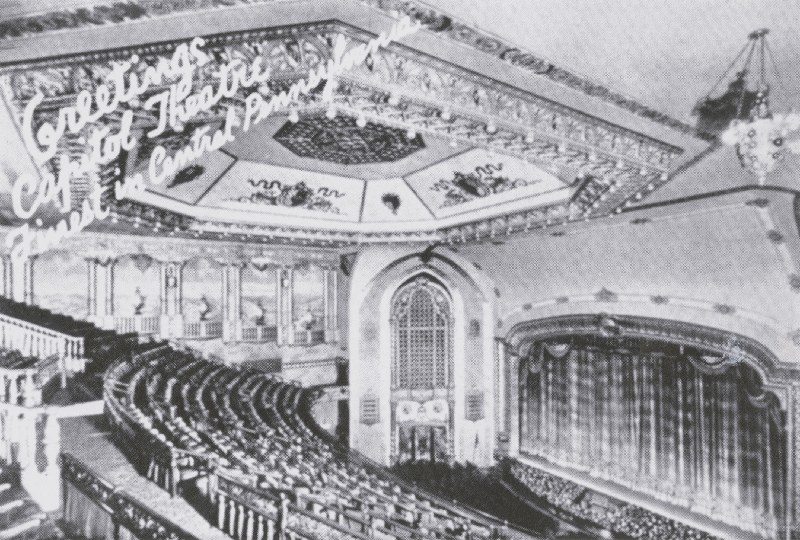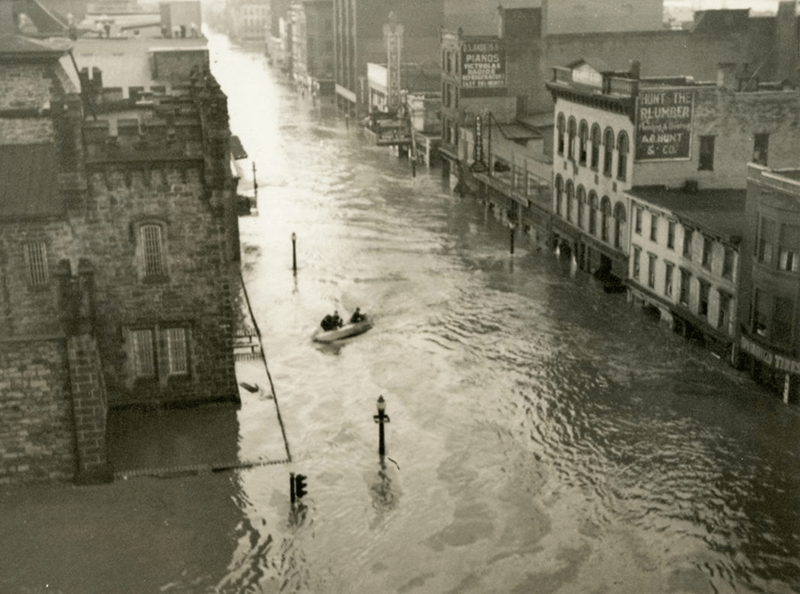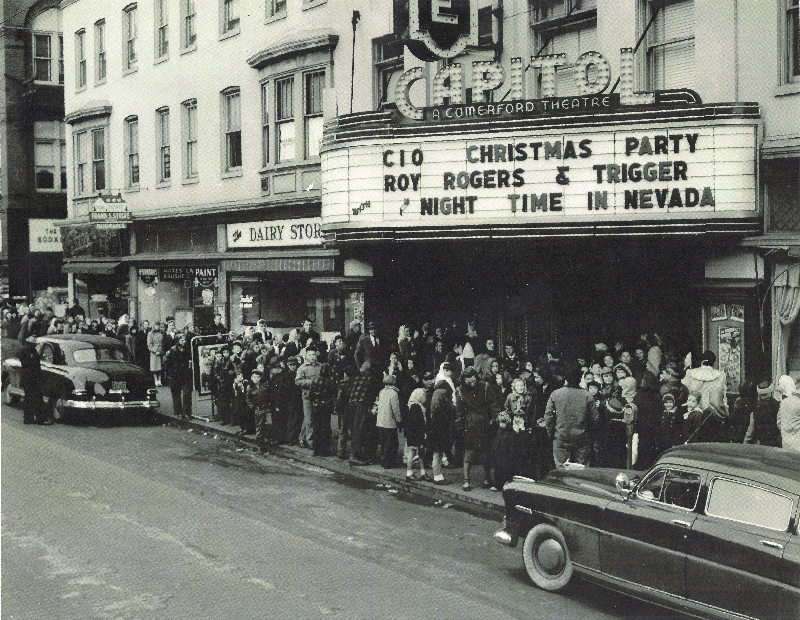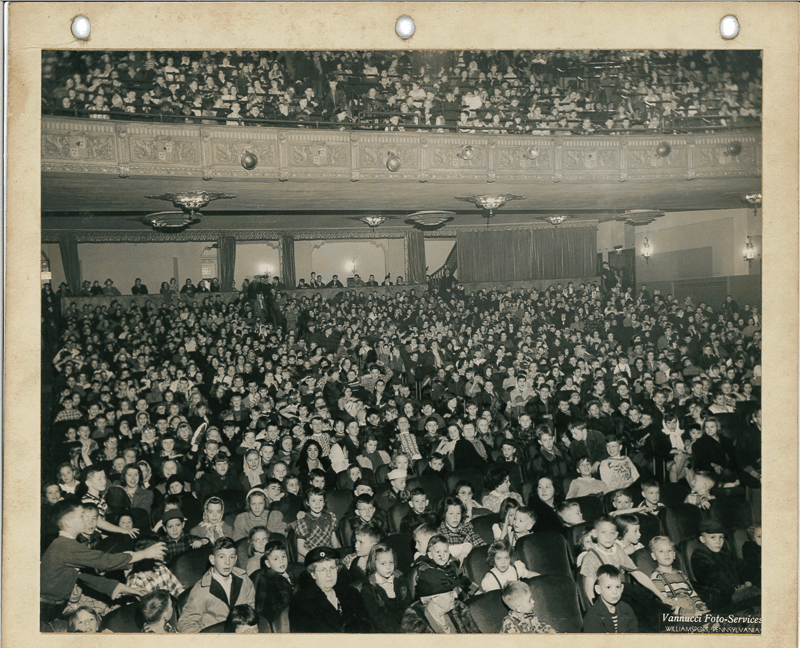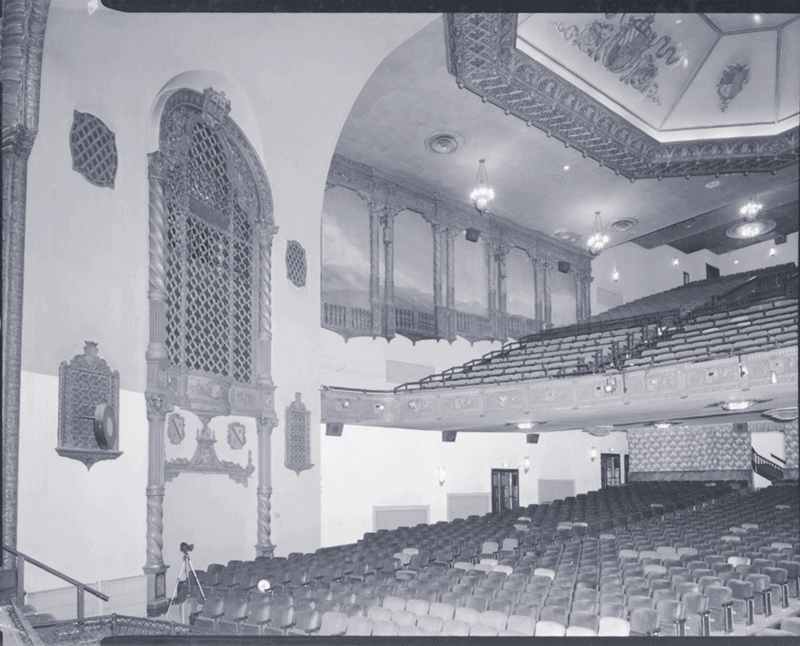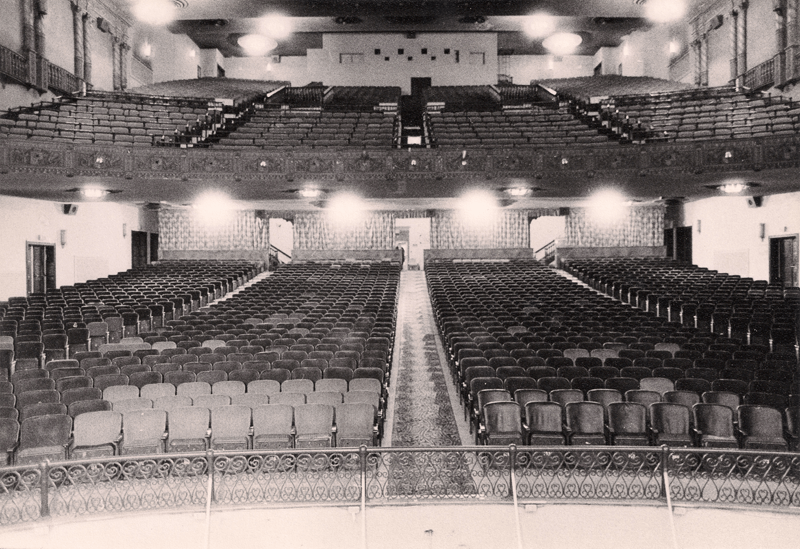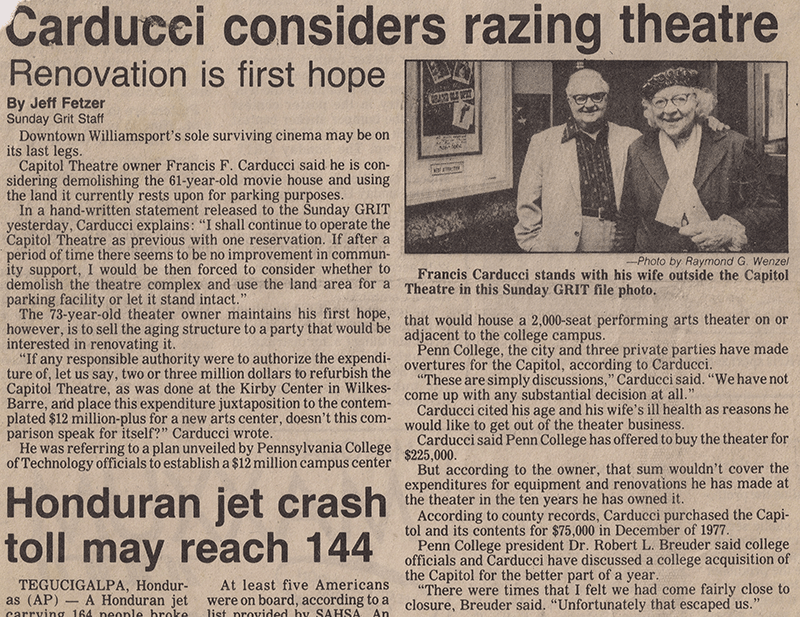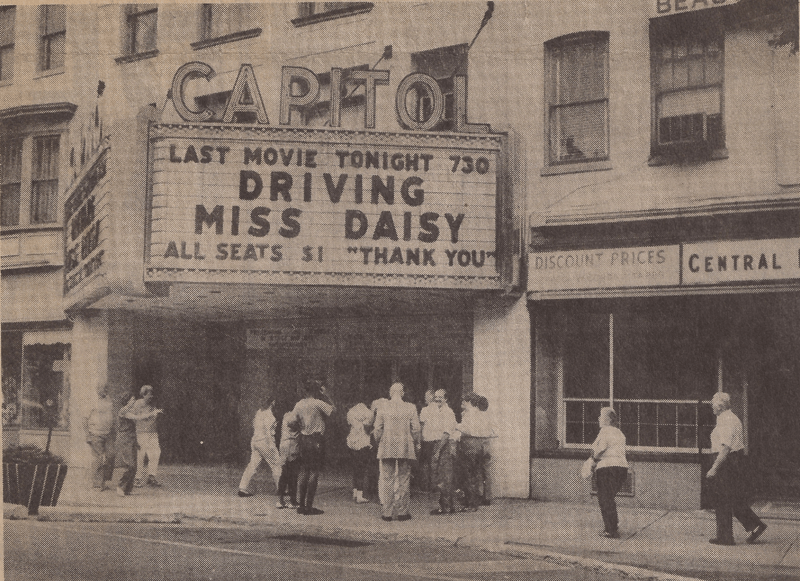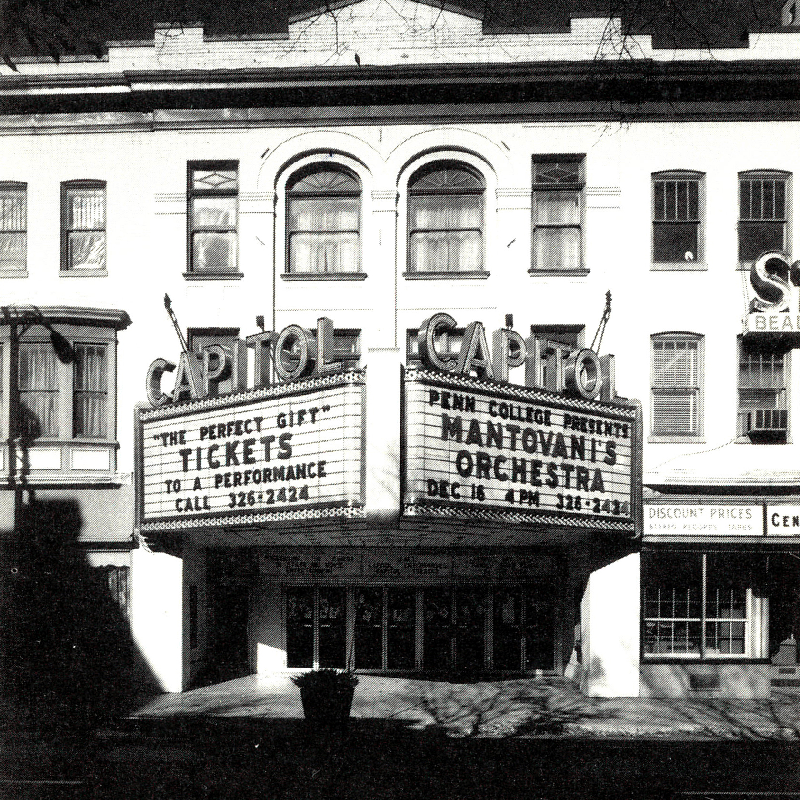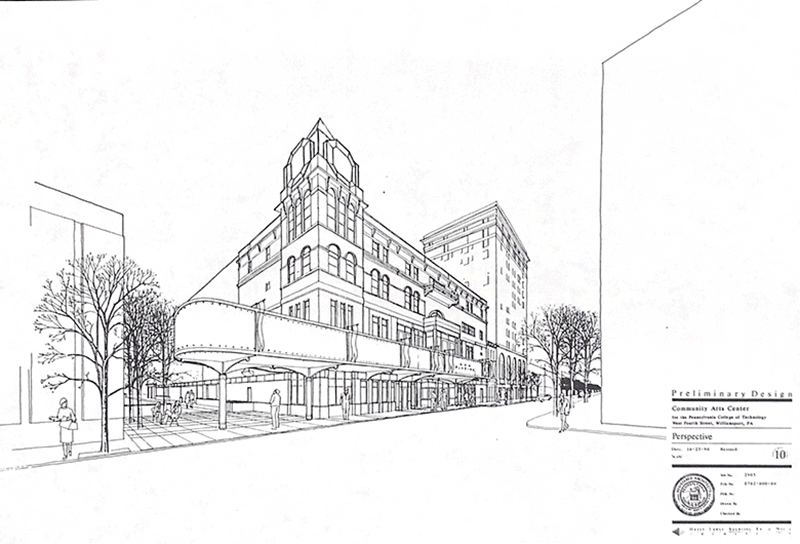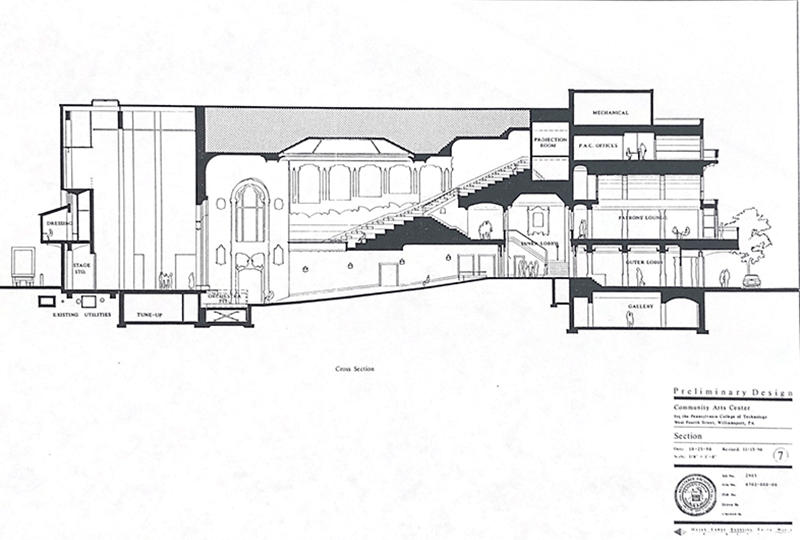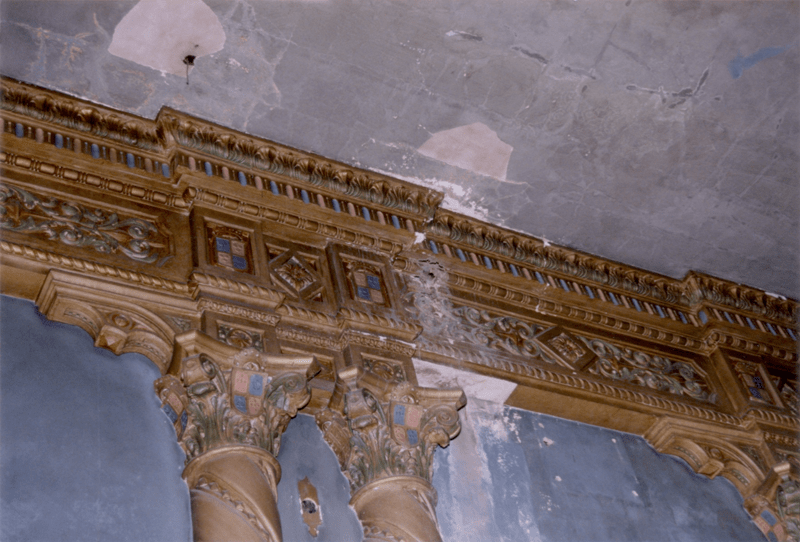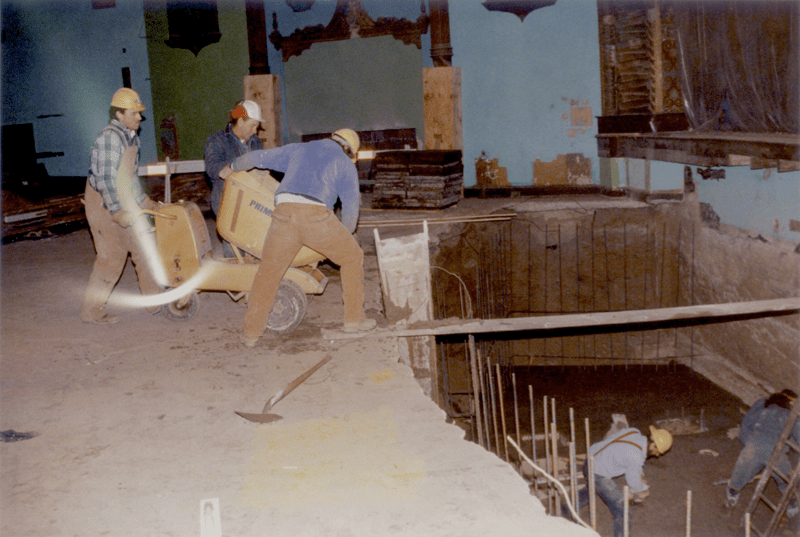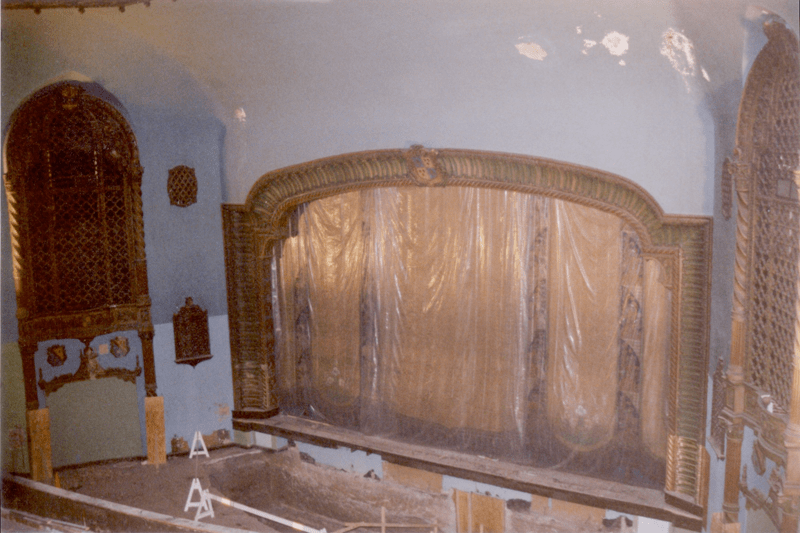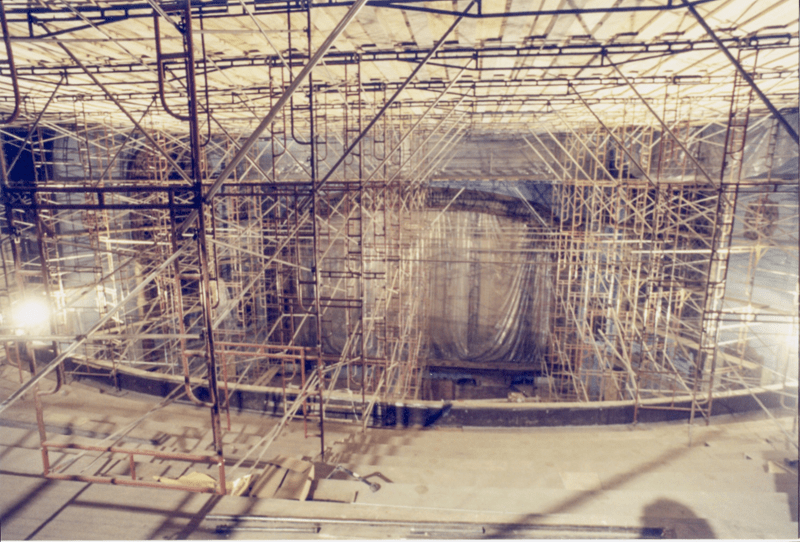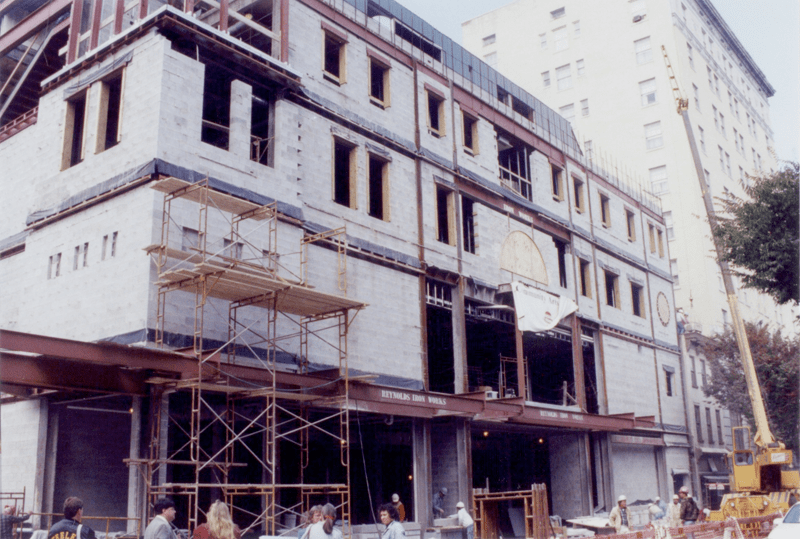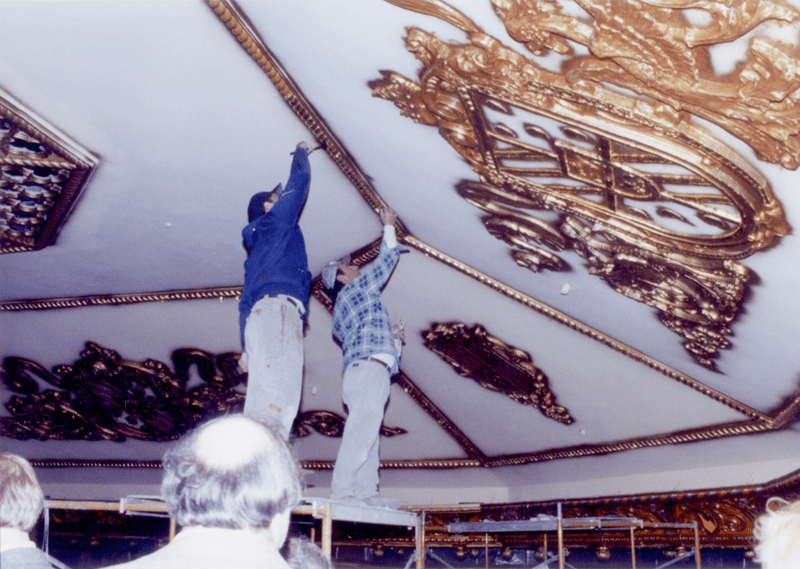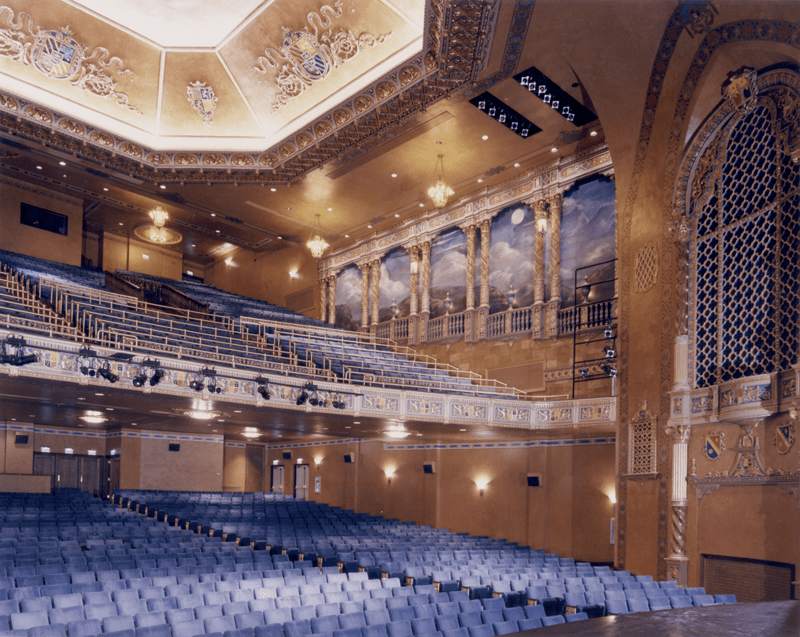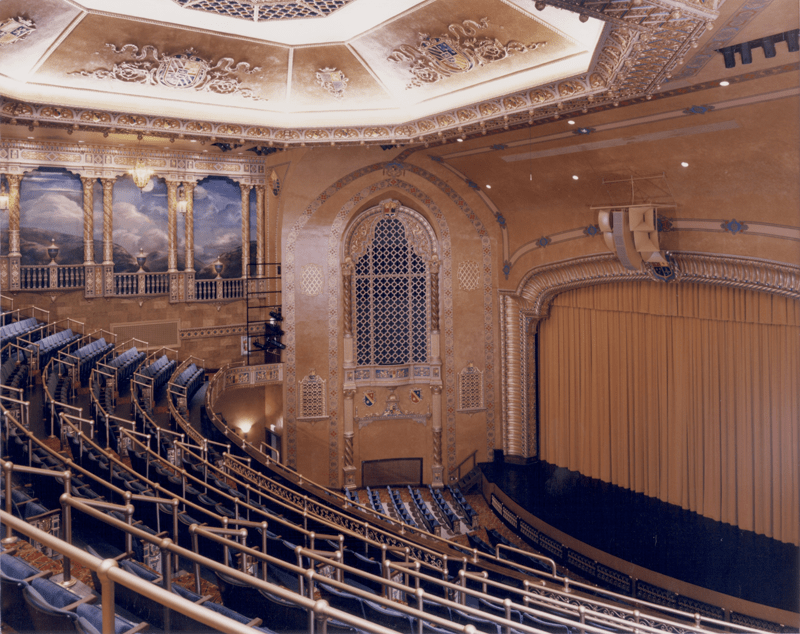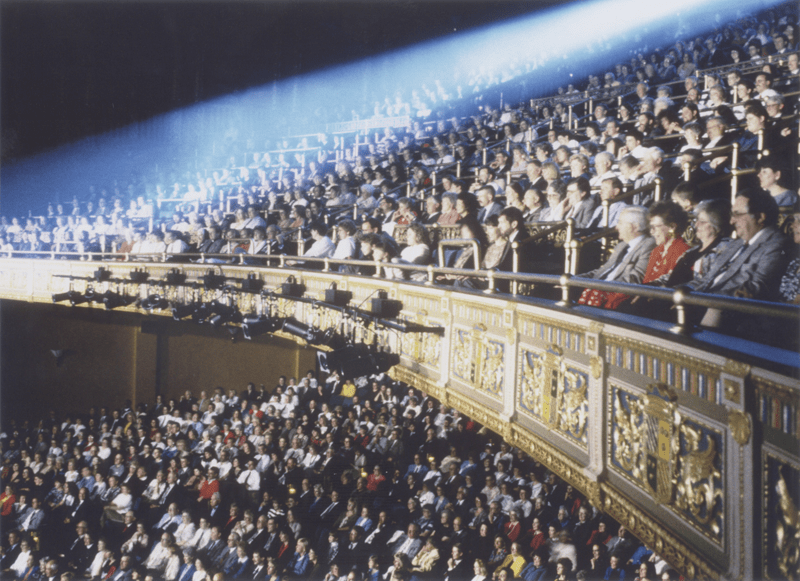The Building
It was the height of the Roaring Twenties – the decade of The Great Gatsby, flappers and bathtub gin – and life seemed more full of hope, fun and possibility than ever. In just one year, the stock market would crash, spiraling the country into a great financial depression but in the crisp autumn days of 1928, the perpetual party was still going strong. This was the stage on which the Capitol Theatre, one of the grandest movie houses of its day, was built.
The Capitol was constructed, owned and operated by the Comerford Amusement Company whose owner M. E. Comerford promised his Capitol Theatre would “give the City of Williamsport a new beautiful, modern and up-to-date vaudeville theatre.” Though vaudeville was on the wane, no one was completely sure that movies could stand on their own, so the Capitol was equipped for both movies and live performance. Still, at its opening, it was the largest movie house in the area and the first in the area to be originally equipped for sound movies.
The airplane, the automobile, the radio, and now, talking movies, made life seem more promising and limitless than ever and the population of the Susquehanna Valley was just the audience for what Mr. Comerford had to sell. On October 22, 1928, the Capitol Theatre’s opening night, Williamsport enjoyed its first “talkie” with the premier of Al Jolson’s THE SINGING FOOL. It was a bigger, better, more exciting experience than most Pennsylvania movie-goers could ever hope for. The Capitol’s projection booth was the finest in the state, and the theatre housed a fantastical organ to provide orchestral sounds plus special effects such as whistles, songbirds, doorbells, and thunder crashes. Exciting as the movies were, the next few years the patrons were also treated to “twin bills” featuring legendary entertainers such as Gene Krupa, Xavier Cugat, Blackstone the Magician, and even the Three Stooges. Show after show, reel after reel – it seemed the fun would go on forever.
Then disaster struck. The Great Depression popped the giddy bubble of the Roaring Twenties almost bankrupting the movie industry. To top it off, in 1936, the depths of the Great Depression, Williamsport was hit by a devastating flood. The Susquehanna flooded all of downtown and the water crested just below the lintels of the Inner and Outer Lobby doors. The stage floor was destroyed and the Theatre’s incredible organ had to be removed. The heart of the theatre seemed to go with it.
After WWII, the dizzy excesses of the theatre’s early years were a distant memory. People moved to the suburbs and before too long, television became the new form of entertainment. A downtown that had once supported five vaudeville/movie theaters began to fade. The Capitol tried to endure, sometimes showing movies, but also housing a hairdressing school and other enterprises. What was once one of the finest theaters in the country became just another blowsy downtown facility in decay. Triple XXX emporium or parking lot seemed its destiny.
Then came a brilliant ray of hope. On December 22, 1989, the Williamsport-Lycoming Foundation (now the First Community Foundation Partnership of Pennsylvania (FCFP)), the Pennsylvania College of Technology (PCT) and the City of Williamsport announced plans for the College to acquire the Capitol Theatre and convert it into a performing arts center. The Foundation and the College committed $2 million each to support the project. The City of Williamsport committed $1 million. A public fundraising campaign garnered more than $2.1 million in individual and corporate contributions. A few years later, the final cost of the exhaustive renovation amounted to $13.5 million, $8.5 million of that total coming from PCT.
Renovation wasn’t easy. Layers of paint obscured original stencils and murals. The original orchestra seats were destroyed in the flood and it wasn’t until the grime was removed from balcony seats that the colors of the original chair stanchions were revealed. Replicas were created. Stencils from original plaster work were transferred and recreated after years of neglect. No one knew what the original carpet looked like until a sample was discovered under a built-in file cabinet in the soon to be demolished Theatre Manager’s office on the Mezzanine. Through it all, the College stayed true to the task and settled for nothing less than restoration of the Capitol’s original glory (plus an extra 15 feet of stage depth to allow modern performances).
Finally, two years after construction began, on May 8, 1993, the doors of the Capitol Theatre, now the Community Arts Center, were once again open to the appreciative citizens of the Susquehanna Valley. Skitch Henderson and the New York Pops led off an impressive lineup of performers that year which included Emmanuel Ax, Yo-Yo Ma, Lee Greenwood and Aretha Franklin. In a letter to the Williamsport Sun-Gazette, Skitch Henderson wrote, “This hall is a palace of gold. The good Brahmins of Williamsport really have done themselves proud with this theater… I am proud we started this bold adventure and long may its sound reverberate.” The grand dame of Williamsport was once again strutting her stuff, only now with a new name and a fresh lease on life.
Today, nearly 30 years later, our theatre’s spirit remains as effervescent as ever. Almost 2 million guests have passed through our doors since that spectacular reopening in 1993 and millions more are sure to follow. Our stage has been graced by a diverse group of performances including Art Garfunkel, Jerry Seinfeld, Ringo Starr, Willie Nelson, Jackson Browne, Singin’ in the Rain, Once, A Chorus Line, Rent, Riverdance, Jungle Jack Hanna, Michael Keaton, almost 1,500 productions since opening.
Still, we are far more than just a roadhouse for touring productions. As the largest cultural institution in the county, we are also a community resource and the performance home for the Uptown Music Collective, the Williamsport Symphony Orchestra and Youth Orchestra, and the Repasz Band, plus most of the local dance schools. We like to say that all the big events in Williamsport happen at the Community Arts Center, but it’s more than that. We truly are a place where the arts and community intersect. As she did in 1928, the rechristened Capitol Theatre dazzles the eye and draws the community to her, just as she has been doing for almost 100 years.

